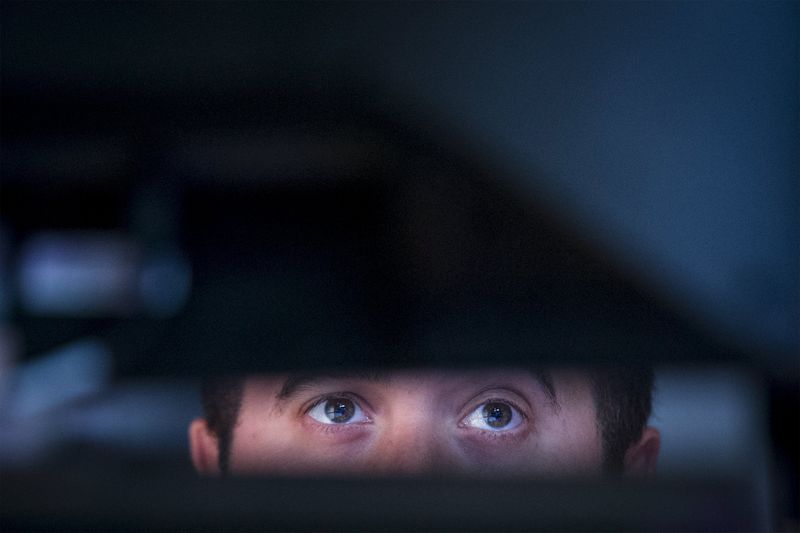© Reuters. FILE PHOTO: The logo of AMP Ltd, Australia’s biggest retail wealth manager, adorns their head office located in central Sydney, Australia, May 5, 2017. Picture taken May 5, 2017. REUTERS/David Gray/File Photo
(Reuters) – Australia’s AMP (OTC:) said on Monday Blair Vernon will take over from Peter Fredricson as its chief financial officer and will dissolve the structure of its local wealth management arm in a bid to simplify its operational model.
Shares of the 174-year-old wealth manager traded 1.4% higher as at 0224 GMT, marking their second straight session of gains.
The move comes as assets under management at AMP’s flagship Australian wealth management (AWM) unit fell about 13% to A$124.2 billion ($84.24 billion) for the year ended Dec. 31, affected by the decline in investment markets, and net cash outflows of A$5.3 billion.
Fredricson, who joined AMP last year, will be retiring in early July and handing over the ropes to Vernon, who has been with the company for more than a decade.
The company will also dissolve the AWM CEO role as part of its simplified structure, resulting in the current chief Scott Hartley leaving the Australian wealth manager in six months.
($1 = 1.4743 Australian dollars)
Read the full article here


